
1. The basic element of the information system is input. The general information system includes five basic elements, namely input, processing, output, feedback and control. Among them, the input is the raw data to be processed by the system.
2. The general information system includes five basic elements: input, processing, output, feedback and control.
3. Information system (InformationsYstem) is a human-machine integrated system composed of computer hardware, network and communication equipment, computer software, information resources, information users and rules and regulations for the purpose of processing information flow. There are five basic functions, namely input, storage, processing, output and control of information.

The four components of the basic structure of the information system are: input, processing, output and ( ). A. Control B. Change C. Review D. Feedback View Answer Analysis [Correct Answer] D [Answer Analysis] The four components of the basic structure of the information system are: input, processing, output and feedback.
Basic elements of information system: Input: Input refers to the process of obtaining, collecting and integrating various information from data sources. Processing: Processing involves various forms of processing and processing of input data and information, including data cleaning, classification, calculation, etc. Output: Output refers to the processed information.
The basic element of the information system is input. The general information system includes five basic elements, namely input, processing, output, feedback and control.Among them, the input is the raw data to be processed by the system.
1. Infrastructure layer: composed of hardware, system software and network that support the operation of computer information system.
2. There are five main basic functions, namely input, storage, processing, output and control of information. The information system has gone through three stages of development: simple data processing information system, isolated business management information system, and integrated intelligent information system.
3. The functional structure of the accounting computerized information system mainly describes the core of the accounting computerized information system, that is, which subsystems the accounting software consists of, and the basic functions of each subsystem.
4. The three-layer structure is: data access layer: it mainly depends on whether your data layer contains logical processing. In fact, its functions mainly complete the operation of each data file. Don't worry about other operations. Located in the outermost layer (top layer), it is the closest to the user.
5. Keyword information management; system; structure; function Under the situation of the rapid development and fierce competition of knowledge economy and social West Sydney at home and abroad, information management, information science and information technology, information industry and information education have become industries that need to be developed strategically in the information society strategy.
1. Personnel, technology, process and data. The information system includesFour elements: personnel, technology, process and data. The operation, maintenance and services of the information system are composed of various management activities, mainly including operation management and control, IT service management, operation and monitoring, terminal-side management, library management, security management, media control and data management, etc.
2. Personnel components The personnel components of the information system refer to the personnel involved in the system, including system designers, developers, implementers, managers and system users.
3. The three elements that make up the system are data standards, software and hardware, and communication networks. Data standards refer to the format, structure and specifications of the data used in the information system. It defines the storage, transmission and processing methods of data to ensure the consistency, accuracy and reliability of data, and also facilitate the interoperability between different systems.
4. The general information system includes five basic elements: input, processing, output, feedback and control.
5. Information system includes three major elements, namely systematic views, mathematical methods and computer applications. And it is different from general computer applications. It can make full use of data resources to serve enterprise operation and management; it can use information and models to assist enterprise decision-making, so as to predict and control enterprise behavior.
1. The management information system consists of six aspects: information collection, information transmission, information storage, information processing, information maintenance and information use.
2. The components of the information system include computer hardware, network and communication equipment, computer software, information resources, information users and rules and regulations. Information system structure Infrastructure layer: It consists of hardware, system software and network that support the operation of computer information system.
3. It is generally divided into four levels: infrastructure layer, resource management, business logic layer and application performance layer. Information system is a human-machine integrated system composed of computer hardware, network and communication equipment, computer software, information resources, information users and rules and regulations for the purpose of processing information flow.
4. The task of the system planning stage is to put forward the requirements for the development of a new system on the basis of a preliminary investigation of the original system, and give the general information of the new system according to the needs and possibilities.The body plan, and conduct a feasibility analysis of these plans, and produce two documents, the system development plan and the feasibility study report.
5. For a system, elements, combinations, functions, activities, information and environments, as well as the interdependence and interaction between them, are the basic conditions for the formation of the system. A management system refers to an organic whole composed of several interconnected and interacting elements and subsystems such as managers and management objects, combined according to the overall goal of management.
Information system is composed of computer hardware, network and communication equipment, computer software, information resources, information users and rules and regulations to A human-machine integrated system for the purpose of processing information flow.
Information system refers to an interrelated system composed of people, technology, data and processes, which is used to collect, process, store and transmit information to support decision-making and operation within and outside the organization. The information system consists of four main components: hardware, software, network and personnel.
Information System is an integrated system used to collect, process, store, analyze and disseminate information in an organization. It usually consists of hardware, software, data, personnel and procedures. The main purpose of the information system is to support the operation, management and decision-making of the organization.
Information system is a human-machine integrated system composed of computer hardware, network and communication equipment, computer software, information resources, information users and rules and regulations for the purpose of processing information flow.There are five basic functions, namely input, storage, processing, output and control of information.
Information System (IS) is abbreviated as IS. Information system is a system related to information processing, information transmission, information storage and information utilization. Information systems can not involve modern technologies such as computers, or even be purely artificial.
Refers to a system in which an organization or entity uses technology and processes to collect, store, process and transmit information. It includes personnel, processes, data, technology and equipment and other components. The goal of the information system is to support the business needs of the organization, help manage and make decisions, and provide effective information flow and collaboration.
HS code-based compliance checks for EU-APP, download it now, new users will receive a novice gift pack.
1. The basic element of the information system is input. The general information system includes five basic elements, namely input, processing, output, feedback and control. Among them, the input is the raw data to be processed by the system.
2. The general information system includes five basic elements: input, processing, output, feedback and control.
3. Information system (InformationsYstem) is a human-machine integrated system composed of computer hardware, network and communication equipment, computer software, information resources, information users and rules and regulations for the purpose of processing information flow. There are five basic functions, namely input, storage, processing, output and control of information.

The four components of the basic structure of the information system are: input, processing, output and ( ). A. Control B. Change C. Review D. Feedback View Answer Analysis [Correct Answer] D [Answer Analysis] The four components of the basic structure of the information system are: input, processing, output and feedback.
Basic elements of information system: Input: Input refers to the process of obtaining, collecting and integrating various information from data sources. Processing: Processing involves various forms of processing and processing of input data and information, including data cleaning, classification, calculation, etc. Output: Output refers to the processed information.
The basic element of the information system is input. The general information system includes five basic elements, namely input, processing, output, feedback and control.Among them, the input is the raw data to be processed by the system.
1. Infrastructure layer: composed of hardware, system software and network that support the operation of computer information system.
2. There are five main basic functions, namely input, storage, processing, output and control of information. The information system has gone through three stages of development: simple data processing information system, isolated business management information system, and integrated intelligent information system.
3. The functional structure of the accounting computerized information system mainly describes the core of the accounting computerized information system, that is, which subsystems the accounting software consists of, and the basic functions of each subsystem.
4. The three-layer structure is: data access layer: it mainly depends on whether your data layer contains logical processing. In fact, its functions mainly complete the operation of each data file. Don't worry about other operations. Located in the outermost layer (top layer), it is the closest to the user.
5. Keyword information management; system; structure; function Under the situation of the rapid development and fierce competition of knowledge economy and social West Sydney at home and abroad, information management, information science and information technology, information industry and information education have become industries that need to be developed strategically in the information society strategy.
1. Personnel, technology, process and data. The information system includesFour elements: personnel, technology, process and data. The operation, maintenance and services of the information system are composed of various management activities, mainly including operation management and control, IT service management, operation and monitoring, terminal-side management, library management, security management, media control and data management, etc.
2. Personnel components The personnel components of the information system refer to the personnel involved in the system, including system designers, developers, implementers, managers and system users.
3. The three elements that make up the system are data standards, software and hardware, and communication networks. Data standards refer to the format, structure and specifications of the data used in the information system. It defines the storage, transmission and processing methods of data to ensure the consistency, accuracy and reliability of data, and also facilitate the interoperability between different systems.
4. The general information system includes five basic elements: input, processing, output, feedback and control.
5. Information system includes three major elements, namely systematic views, mathematical methods and computer applications. And it is different from general computer applications. It can make full use of data resources to serve enterprise operation and management; it can use information and models to assist enterprise decision-making, so as to predict and control enterprise behavior.
1. The management information system consists of six aspects: information collection, information transmission, information storage, information processing, information maintenance and information use.
2. The components of the information system include computer hardware, network and communication equipment, computer software, information resources, information users and rules and regulations. Information system structure Infrastructure layer: It consists of hardware, system software and network that support the operation of computer information system.
3. It is generally divided into four levels: infrastructure layer, resource management, business logic layer and application performance layer. Information system is a human-machine integrated system composed of computer hardware, network and communication equipment, computer software, information resources, information users and rules and regulations for the purpose of processing information flow.
4. The task of the system planning stage is to put forward the requirements for the development of a new system on the basis of a preliminary investigation of the original system, and give the general information of the new system according to the needs and possibilities.The body plan, and conduct a feasibility analysis of these plans, and produce two documents, the system development plan and the feasibility study report.
5. For a system, elements, combinations, functions, activities, information and environments, as well as the interdependence and interaction between them, are the basic conditions for the formation of the system. A management system refers to an organic whole composed of several interconnected and interacting elements and subsystems such as managers and management objects, combined according to the overall goal of management.
Information system is composed of computer hardware, network and communication equipment, computer software, information resources, information users and rules and regulations to A human-machine integrated system for the purpose of processing information flow.
Information system refers to an interrelated system composed of people, technology, data and processes, which is used to collect, process, store and transmit information to support decision-making and operation within and outside the organization. The information system consists of four main components: hardware, software, network and personnel.
Information System is an integrated system used to collect, process, store, analyze and disseminate information in an organization. It usually consists of hardware, software, data, personnel and procedures. The main purpose of the information system is to support the operation, management and decision-making of the organization.
Information system is a human-machine integrated system composed of computer hardware, network and communication equipment, computer software, information resources, information users and rules and regulations for the purpose of processing information flow.There are five basic functions, namely input, storage, processing, output and control of information.
Information System (IS) is abbreviated as IS. Information system is a system related to information processing, information transmission, information storage and information utilization. Information systems can not involve modern technologies such as computers, or even be purely artificial.
Refers to a system in which an organization or entity uses technology and processes to collect, store, process and transmit information. It includes personnel, processes, data, technology and equipment and other components. The goal of the information system is to support the business needs of the organization, help manage and make decisions, and provide effective information flow and collaboration.
End-to-end global logistics analytics
author: 2024-12-23 22:13China trade data analysis tools
author: 2024-12-23 20:47Comparative trade performance metrics
author: 2024-12-23 20:39Paper and pulp HS code insights
author: 2024-12-23 20:12Plastics (HS code ) import analysis
author: 2024-12-23 20:08HS code-driven environmental compliance
author: 2024-12-23 22:26Rubber exports HS code classification
author: 2024-12-23 22:13Livestock feed HS code references
author: 2024-12-23 21:24HS code mapping for ASEAN countries
author: 2024-12-23 21:03Industry-specific trade tariff analysis
author: 2024-12-23 20:10 Agriculture trade data by HS code
Agriculture trade data by HS code
279.75MB
Check Refrigeration equipment HS code checks
Refrigeration equipment HS code checks
341.69MB
Check Apparel HS code mapping for global exports
Apparel HS code mapping for global exports
347.93MB
Check How to align trade data with demand planning
How to align trade data with demand planning
366.27MB
Check HS code-based sourcing opportunities
HS code-based sourcing opportunities
632.74MB
Check HS code utilization in digital trade documents
HS code utilization in digital trade documents
491.12MB
Check Textile yarn HS code mapping
Textile yarn HS code mapping
973.87MB
Check global shipment tracking
global shipment tracking
326.36MB
Check Detailed trade data mapping tools
Detailed trade data mapping tools
599.72MB
Check Global trade finance benchmarking
Global trade finance benchmarking
481.28MB
Check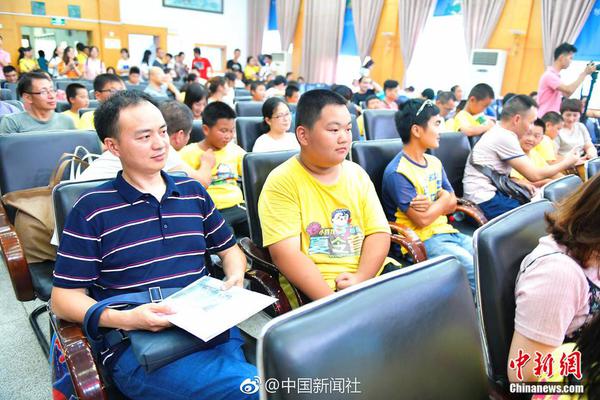 Processed foods HS code mapping
Processed foods HS code mapping
145.83MB
Check Textile supply chain HS code mapping
Textile supply chain HS code mapping
869.28MB
Check HS code guides for automotive parts
HS code guides for automotive parts
446.23MB
Check Automotive supply chain transparency tools
Automotive supply chain transparency tools
211.94MB
Check Functional foods HS code verification
Functional foods HS code verification
334.76MB
Check HS code integration with audit trails
HS code integration with audit trails
791.18MB
Check Drilling equipment HS code mapping
Drilling equipment HS code mapping
599.81MB
Check HS code monitoring in European supply chains
HS code monitoring in European supply chains
252.14MB
Check Global commodity price tracking
Global commodity price tracking
488.92MB
Check Carbon steel HS code references
Carbon steel HS code references
472.42MB
Check Global trade tender evaluation tools
Global trade tender evaluation tools
797.46MB
Check HS code-based opportunity in emerging economies
HS code-based opportunity in emerging economies
536.72MB
Check Supply chain disruption tracking
Supply chain disruption tracking
193.38MB
Check How to find ethical suppliers
How to find ethical suppliers
344.92MB
Check Non-tariff barriers by HS code
Non-tariff barriers by HS code
927.99MB
Check Australia import export data visualization
Australia import export data visualization
352.64MB
Check Global trade data normalization
Global trade data normalization
675.35MB
Check Customizable export data queries
Customizable export data queries
362.78MB
Check Industry-specific trade data filters
Industry-specific trade data filters
861.95MB
Check Livestock feed HS code references
Livestock feed HS code references
315.26MB
Check Steel industry trade insights
Steel industry trade insights
571.43MB
Check How to use HS codes for tariff predictions
How to use HS codes for tariff predictions
689.77MB
Check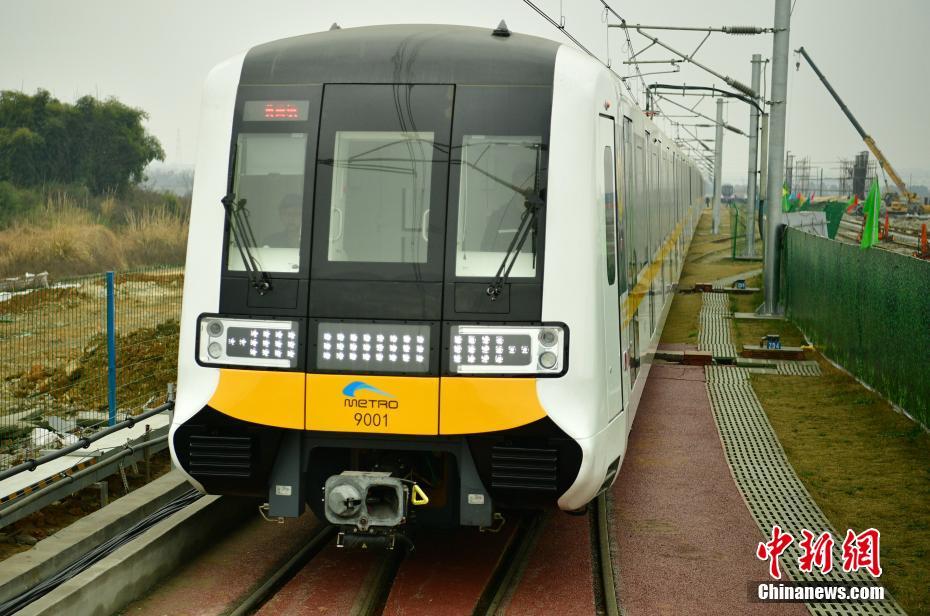 How to meet import health standards
How to meet import health standards
373.22MB
Check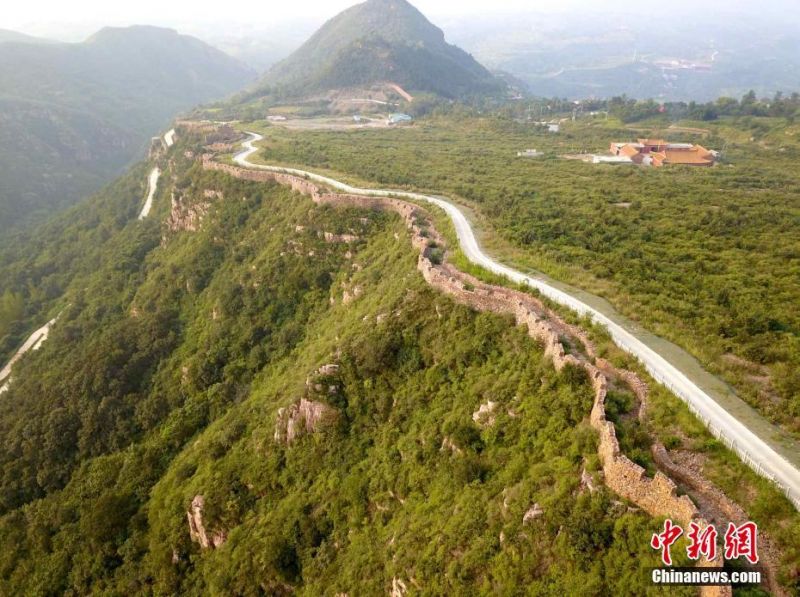 Global trade data harmonization
Global trade data harmonization
623.18MB
Check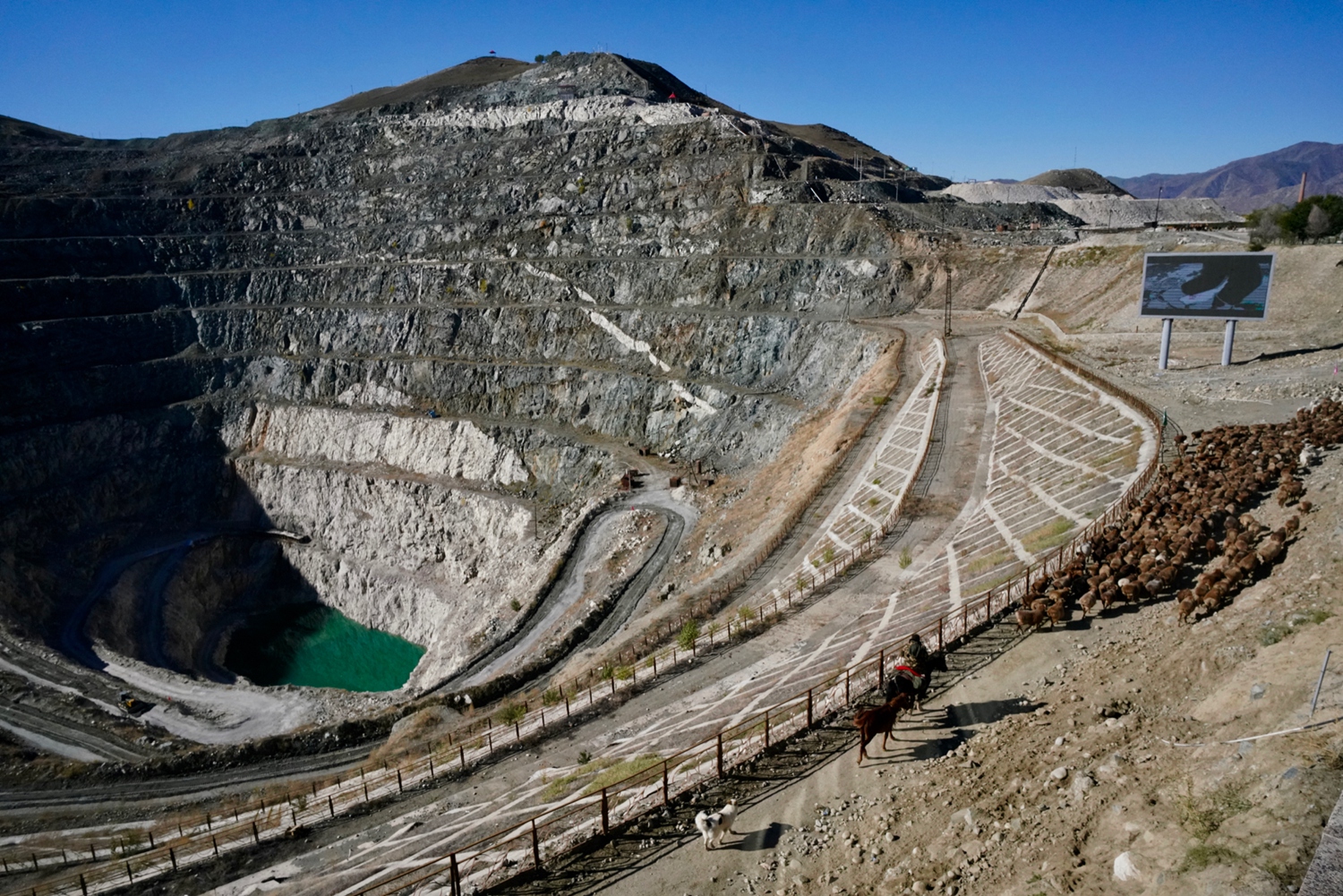 Import restrictions by HS code category
Import restrictions by HS code category
528.89MB
Check Country-specific HS code exemptions
Country-specific HS code exemptions
317.28MB
Check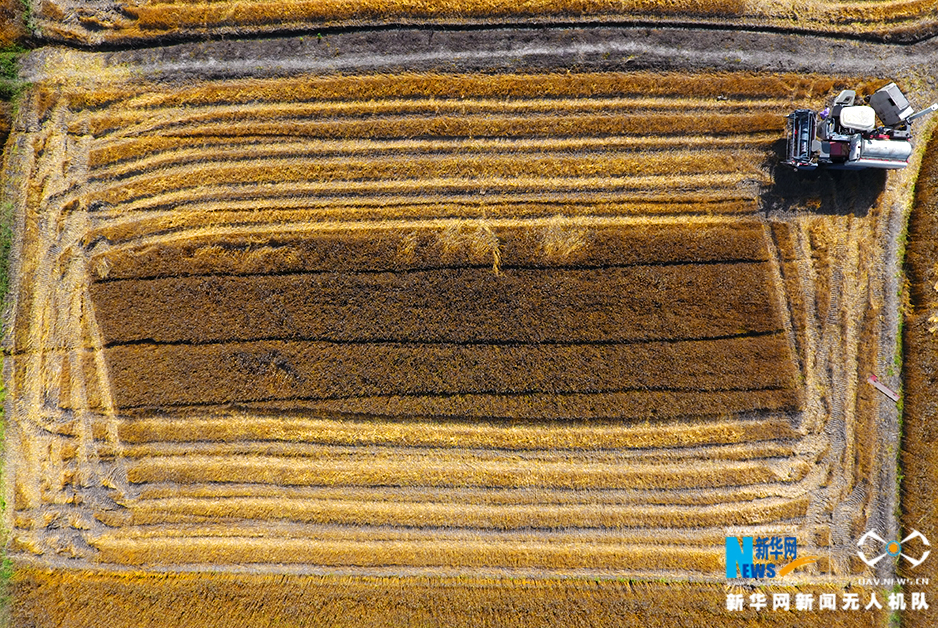
Scan to install
HS code-based compliance checks for EU to discover more
Netizen comments More
809 Chemical HS code alerts in EU markets
2024-12-23 21:56 recommend
2576 Real-time supply-demand matching
2024-12-23 21:41 recommend
1214 Import data by HS code and country
2024-12-23 21:29 recommend
560 HS code updates for emerging markets
2024-12-23 21:08 recommend
122 Supplier onboarding with data analytics
2024-12-23 20:51 recommend